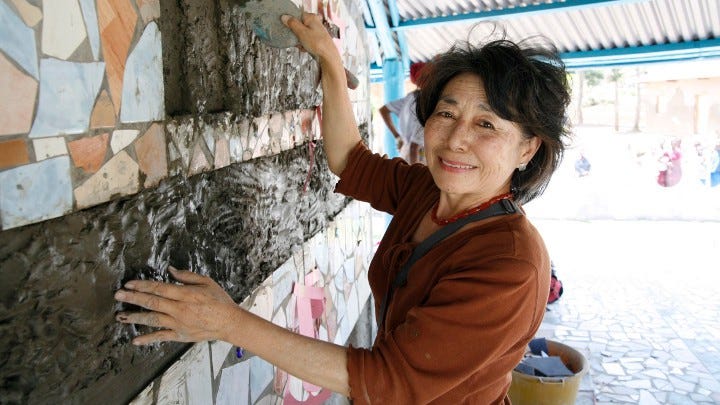‘The Barefoot Artist’ Review: A Bifurcated, Personal Portrait of an Artist at Work

In North Philadelphia, nestled into a long-struggling neighborhood, there is an oasis. Mysterious monuments, striking murals, creatures made of mosaics and an impossible collection of colors weave through once-decaying courtyards. This collective palace, the Village of Arts and Humanities, is a triumph of artistic ingenuity and community spirit that goe…
Keep reading with a 7-day free trial
Subscribe to Nonfics to keep reading this post and get 7 days of free access to the full post archives.



